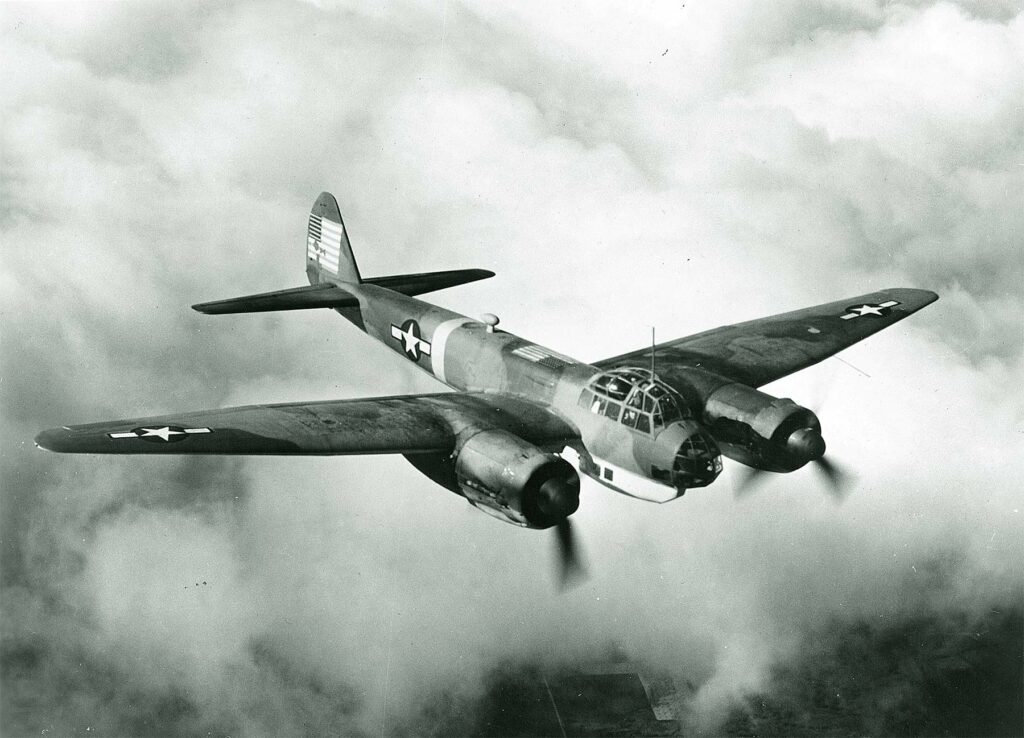The Junkers Ju 88, a versatile WWII German bomber, known for its adaptability to multiple roles, including bombing, reconnaissance, and night fighting.
This article provides an extensive overview of the Junkers Ju 88, a multi-role aircraft of World War II. It delves into the Ju 88’s development, innovative design, diverse performance capabilities, and its varied roles in military operations, underscoring its adaptability and impact during the war.
The Junkers Ju 88 was one of the most versatile and widely used aircraft by the German Luftwaffe during World War II. Designed initially as a fast bomber, it served in various roles throughout the war. This article aims to explore the development, design, performance, and combat use of the Ju 88, emphasizing its multifaceted role in the Luftwaffe.
History of the Development of the Junkers Ju 88
The development of the Junkers Ju 88 began in the mid-1930s, at a time when Germany was rapidly rearming and expanding its military capabilities. The Luftwaffe required a fast, versatile bomber that could fulfill multiple roles, adapting to the rapidly changing landscape of aerial warfare.
The Ju 88 project was initiated by Junkers Flugzeug- und Motorenwerke AG, led by chief designer Ernst Zindel. The aircraft’s design focused on speed, payload capacity, and operational flexibility. The Ju 88’s first flight occurred on December 21, 1936.
Its development was a critical part of Germany’s military strategy, reflecting the era’s technological advancements and the strategic emphasis on air power.
Design of the Junkers Ju 88
The design of the Ju 88 was innovative for its time. It featured a slim, aerodynamic fuselage and a twin-engine layout, initially with two Junkers Jumo 211 engines. The aircraft was designed to be easy to produce and maintain, with a modular structure that allowed for quick adaptation to different roles.
The Ju 88 had a length of 14.36 meters and a wingspan of 20.08 meters. Its design facilitated various configurations, enabling it to serve as a bomber, reconnaissance aircraft, and night fighter. The versatility of the design was one of its greatest strengths, but it also led to complexities in production and maintenance.

Performance of the Junkers Ju 88
In terms of performance, the Ju 88 was impressive for its time. The aircraft could reach a top speed of up to 510 km/h (317 mph) and had a service ceiling of around 9,000 meters (29,528 feet). Its operational range varied with the mission profile, reaching up to 2,430 kilometers (1,510 miles) for certain variants.
Compared to contemporaries like the British Avro Lancaster and the American B-17 Flying Fortress, the Ju 88 was generally faster and more versatile, though it carried a smaller bomb load. Its adaptability allowed it to remain competitive throughout the war.
Military Use and Combat of the Junkers Ju 88
The Ju 88 was equipped with a variety of armaments, including bombs, machine guns, and cannons, depending on its role. It saw widespread use in bombing raids, reconnaissance missions, and as a night fighter, particularly during the Battle of Britain and the Blitz.
The Ju 88’s performance in combat was varied, with successes in blitzkrieg tactics early in the war and effective use in anti-shipping roles. However, it faced strong competition from increasingly sophisticated Allied aircraft.
The Ju 88 was used primarily by Germany, with limited exports to allied nations. Post-war, its use rapidly declined as jet aircraft became prevalent. The Ju 88 was eventually replaced by more advanced aircraft designs in the post-war era.
The Junkers Ju 88 stands as a testament to the ingenuity and adaptability of World War II aviation engineering. Its development, diverse design, and multifaceted operational roles reflect the complex demands of wartime aviation. The Ju 88’s legacy lies in its versatility and the pivotal role it played in various theaters of World War II, marking it as one of the most adaptable and widely used aircraft of the era.
Back to the Bombers section.